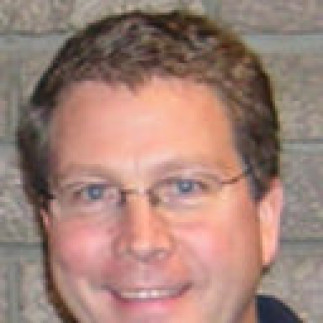While optimisation typically involves finding a minimum or a maximum of an objective function, the relevant stationary points are sometimes saddle points. They are harder to find because the objective function needs to be minimmised with respect to some degrees of freedom at the same time it needs to be maximised in other, generally unknown, degrees of freedom. In studies of the mechanism and rate of particle rearrangements, such as diffusion and chemical reactions, as well as magnetic transitions, first order saddle points are targeted. Excited electronic states can correspond to higher order saddle points on the surface describing variation of the energy as a function of the electronic degrees of freedom. A general approach to finding saddle points will be presented with various application, including electronic excitations in molecules and solid state systems such as the nitrogen/vacancy defect in diamond.

